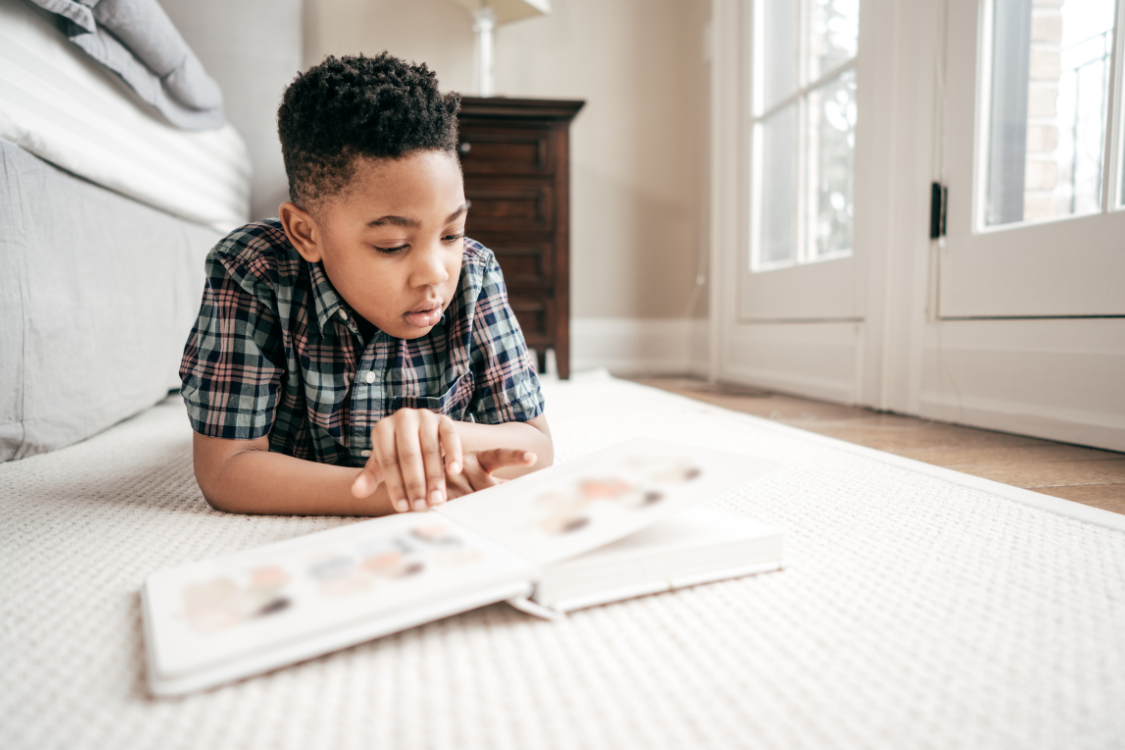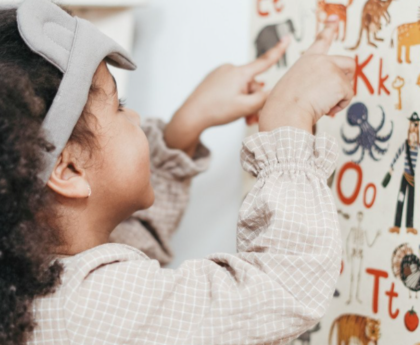There’s something magical about watching a young child connect with a beloved book series. Anna Dewdney’s Llama Llama books have captivated children and parents alike with their relatable themes, rhythmic language, and expressive illustrations. These charming stories not only entertain but also serve as powerful tools for building early literacy skills.
Why Anna Dewdney’s Llama Llama Books Support Early Reading
Anna Dewdney’s books feature consistent rhyming patterns, emotional vocabulary, and everyday situations that young children immediately recognize. The repetitive language and predictable structures make these books perfect for emerging readers, while the expressive illustrations provide context clues that help children connect words with meaning.
As you share these stories, you’re helping your child develop:
- Phonological awareness through rhyming patterns
- Emotional vocabulary and social-emotional skills
- Print awareness and left-to-right reading progression
- Comprehension through relatable situations
Five Favorite Llama Llama Books with Read-Aloud Tips
1. Llama Llama Red Pajama
In this bedtime classic, Baby Llama experiences separation anxiety after Mama Llama goes downstairs after tucking him in.
Read-Aloud Tips:
- Emphasize the rhyming words to build phonological awareness
- Use an increasingly dramatic voice as Baby Llama’s anxiety grows
- Pause before page turns to let your child predict what happens next
- Discuss feelings of anxiety and how Mama Llama responds with reassurance
2. Llama Llama Misses Mama
Baby Llama’s first day of school brings up feelings of separation and nervousness before he discovers the joy of making new friends.
Read-Aloud Tips:
- Connect the story to your child’s own school experiences
- Point to the expressive faces to discuss different emotions
- Ask your child what they might say to help Llama feel better
- Use a gentle voice when reading the resolution and reunion
3. Llama Llama Mad at Mama
A shopping trip tests Baby Llama’s patience, resulting in a tantrum and an important lesson about cooperation.
Read-Aloud Tips:
- Use your voice to build tension as Llama’s frustration grows
- Pause to discuss alternative ways Llama could express feelings
- Make connections to your child’s own experiences with errands
- Emphasize the loving resolution between mother and child
4. Llama Llama Time to Share
Baby Llama learns valuable lessons about friendship and sharing when a new neighbor comes to play.
Read-Aloud Tips:
- Track the words with your finger to help your child follow along
- Discuss the concept of “special things” versus toys for sharing
- Role-play the resolution strategies the characters use
- Point out how facial expressions change throughout the story
5. Llama Llama Loves to Read
This later addition to the series celebrates Llama’s growing reading skills as he learns letters, sounds, and words at school.
- Highlight the letter sounds mentioned in the text
- Point out sight words your child might recognize
- Celebrate Llama’s reading milestones and connect to your child’s progress
- Take turns reading simple words or phrases as your child is ready
Make the Most of Your Llama Llama Read-Alouds
To maximize the learning potential of these wonderful books:
- Read regularly – Create a cozy reading routine that your child can look forward to
- Be expressive – Use different voices, facial expressions, and gestures
- Make connections – Relate the stories to your child’s experiences
- Follow your child’s lead – Pause for questions and observations
- Keep it fun – The joy of reading together is the most important element!
Anna Dewdney once wrote, “When we read with a child, we are saying to them, ‘You are important. This time with you is important.'” By sharing her heartwarming Llama Llama books with your child, you’re not just teaching reading skills—you’re building a lifelong love of reading.
Ready to build your child’s reading skills even further? Download the Reading.com app for a 7-day free trial and discover how our evidence-based approach can complement your read-aloud experiences while helping your child develop essential literacy skills.





